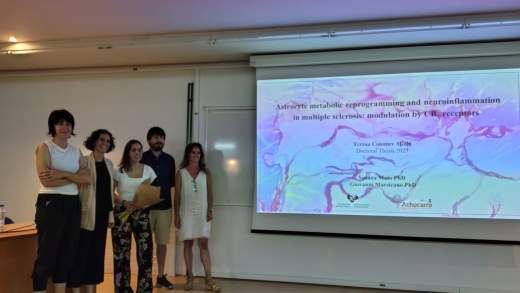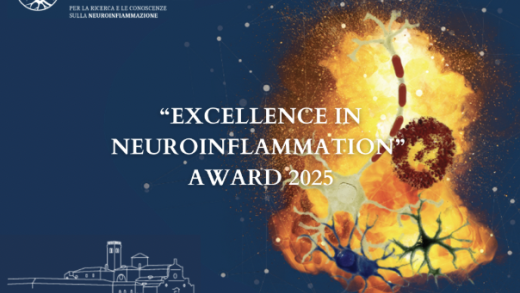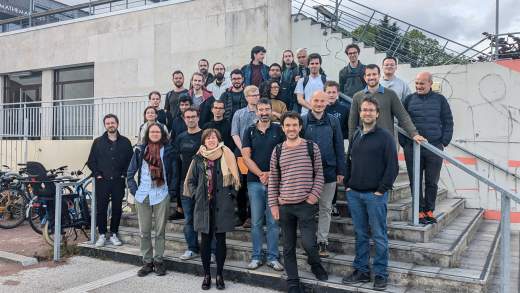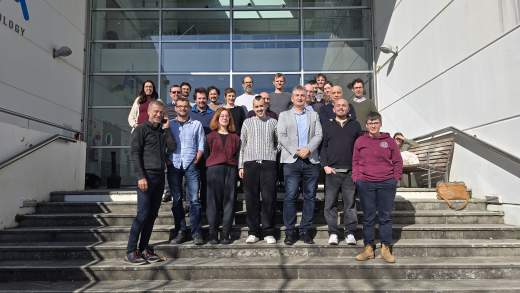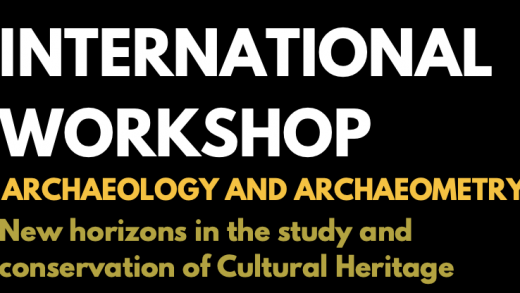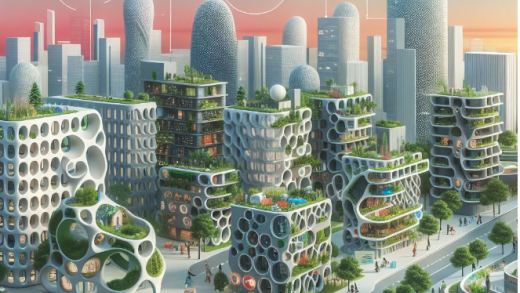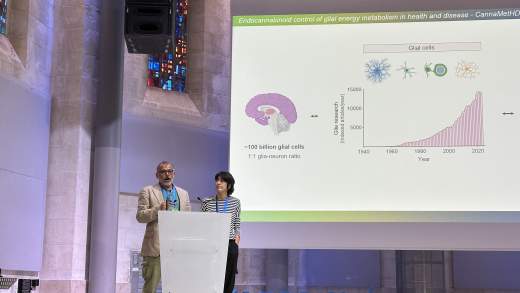Green Concrete
For the development of more sustainable production processes and materials for cement composites
http://www.greenconcretelab.com








Description
Cement composites are the most widely used materials in the world. They have been around since Roman times, meaning that materials and techniques have been improved along centuries almost to perfection. However, new variables have come into play on the last decades as a consequence of the environmental awareness. For the first time in history parameters like the carbon footprint, the efficient use of resources and energy consumption have become almost as important when designing a structure as aesthetics or technical requirements. In addition, materials’ performance demand of modern mega-structures has surpassed all expectations. As a consequence, materials scientists face now the outbreak of new challenges in all aspects of cement composites’ production and performance, from the clinkerization process itself, to durability issues or the development of novel additions/additives/admixtures and recycling strategies. It is the objective of this LTC GREEN CONCRETE to respond to such challenges and contribute, therefore, to the development of society.
The LTC GREEN CONCRETE LAB will address such challenges from a materials science approach combining different scientific/technological fields: synthesis, characterization, processing and computational simulation
Coordinators
Jorge Sánchez DOLADO
- Head of the Ceramic and Cementitious Materials Group, Materials Physics Center, CSIC-UPV/EHU
- Dr. Jorge Sánchez Dolado is a scientist at the Spanish Council for Scientific Research (CSIC) and associated to the Donostia International Physics Center (DIPC)
Cyril AYMONIER
- CNRS Senior Researcher, Institute of Condensed Matter Chemistry of Bordeaux, CNRS, University of Bordeaux.
Research lines
Ceramic and Cement-based materials group (C2M) ( https://c2mgroup.org )
- Multi-scale modelling
- Alternative clinkerization techmologies (SCF, MWs…)
- Concrete for Energy Storage
- Photonic concrete
Supercritical Fluids Group
- Supercritical fluids
- Chemistry in supercritical fluids
- Near- and supercritical solvo-hydrothermal synthesis / Continuous, sustainable and scalable processes
- Advanced materials
- Recycling of materials
- Material efficiency
Building and Bio-based Products
- Ecocements and related products
- Multifunctional cement based materials
- Nano-enabled materials
- Multi-scale modelling
- Recycling of inorganic wastes/byproducts
Structural, dynamic and optical properties of materials
- Atomistic simulations of cement-based materials
- Atomistic simulations of novel electrolites for solid state bateries
- Design of novel Topological insulators and termoelectric materials
- Liquid crystals: structure, ferroelectricity and optical properties
Groupe Analyse du Cycle de Vie et Chimie Durable (CyVi)
- Applying and developing methodologies for assessing the environmental impacts and use of natural resource with industrial ecological tools, in particular life cycle asses
Electronic Excitations in Surfaces and Nanostructures
Polymerization Processes Group
- Polymer reaction engineering aspects of polymerization in dispersed media (e.g., kinetics, modeling, high solids content formulations), waterborne polymer/inorganic hybrid nanocomposites for anticorrosion coatings, polymerization of water soluble monomers
Polymers and Soft Matter Group
- The experimental works revolve around the dynamic of water in the nanoconfined structure of cementitious materials and the use of nano-particles to improve the performance of concrete in marine environments
Civil and Environmental Engineering
- The study and development of engineered wood products (EWP), the deployment of sensors to perform in-situ monitoring in the field, and is helping decision making related to the management of technical and public heritage








